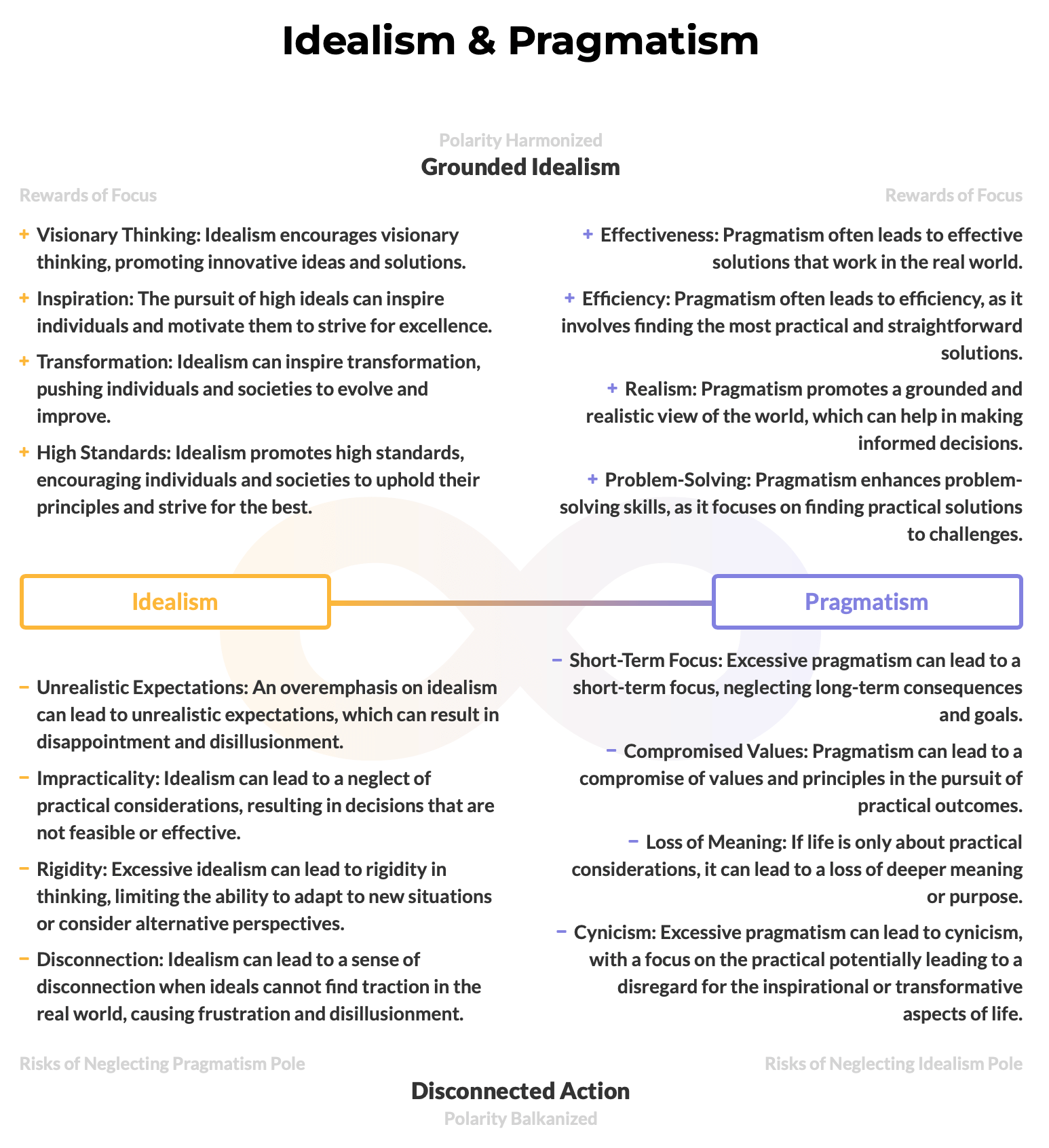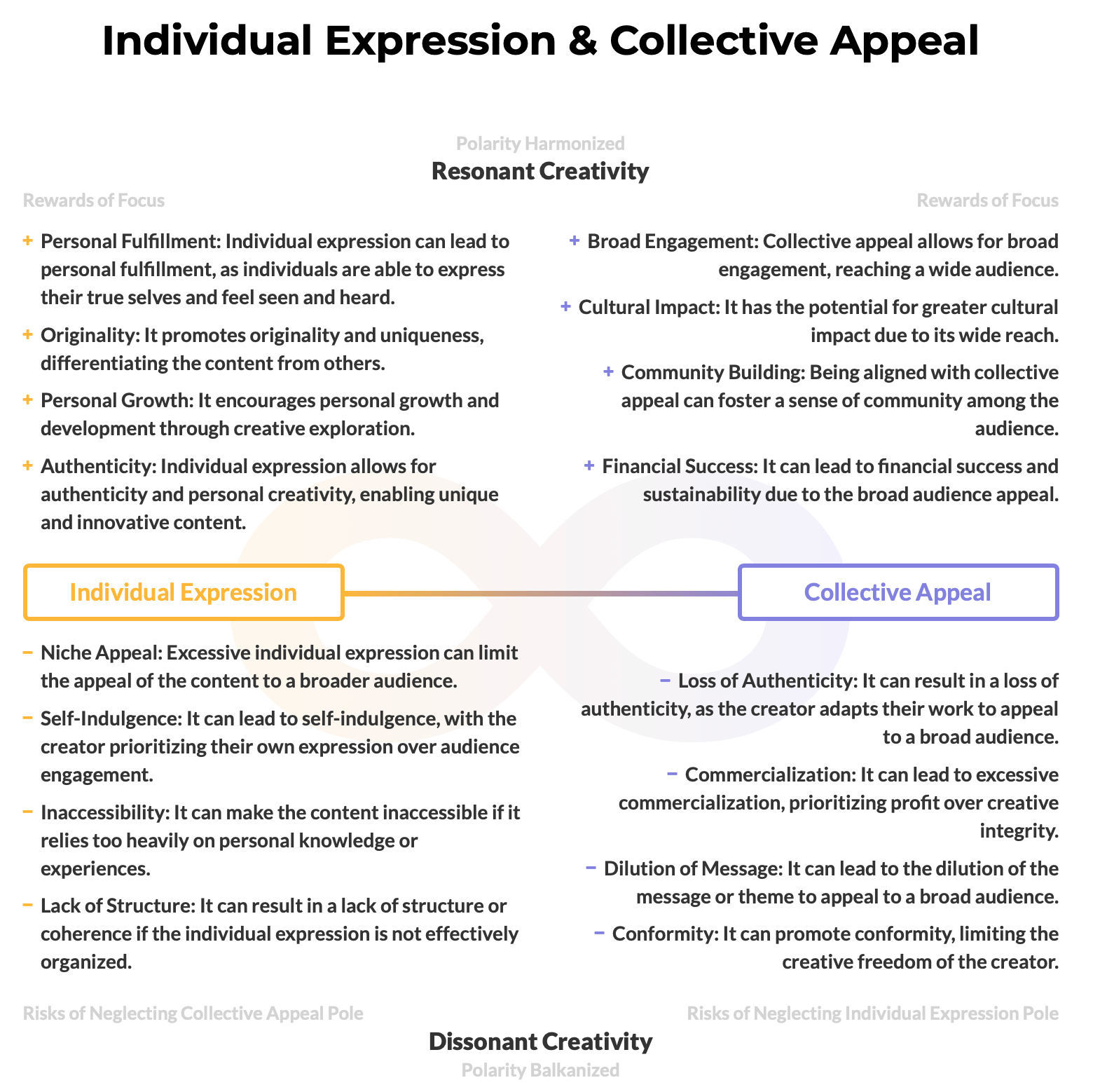Every now and again, pop culture reinvents itself. Our collective tastes are born, destroyed, and reborn again, swinging like a massive pendulum from one aesthetic extreme to the next. As a new cultural niche becomes more and more popularized, fierce artistic independence eventually devolves into reckless overindulgence, and creative novelty slowly bleeds away until all that is left is a formulaic husk used to manufacture tomorrow’s next fads. It is usually at this point, when a particular scene becomes so over-saturated that it can no longer support the weight of its own excess, that the entire scene dies an often-humiliating death, bloated and alone on an unflushed toilet.
In the 1980s the music scene in America was dominated by the glut and theatrics of “glam metal.” For nearly 10 years, most of popular music was defined by sex, drugs, and machismo-in-drag, and an entire generation of youth nearly lost themselves within a cloud of hairspray. There was a void in the cultural heart of the musical mainstream that was dying to be filled—an utter lack of artistic interiority, emotional depth, and authenticity. Untold millions were craving artistic substance, and were only offered artificial decadence.
Then along came grunge, taking the entire world by storm in the early 90′s. From the rain-soaked streets of Seattle emerged a new voice for American youth. In much the same way that punk music arrived just in time to offer salvation for our Disco-era sins, grunge music promised to completely cleanse our cultural palette, placing an aesthetic imperative upon more simplicity, more spontaneity, and more sincerity. And so bands like Nirvana, Soundgarden, Alice in Chains, The Smashing Pumpkins, and Pearl Jam crashed into the mainstream, forever changing the landscape of American music. From behind a tsunami of massively distorted guitars, hallowed vocals, and countless acres of flannel, appeared an unmistakable return to introspection and idealism — even while cloaked by themes of angst and despair, the natural result of our collective interiors being ignored for almost a decade.
Few bands of the era embody this move toward introspection and idealism as strongly as Pearl Jam. As the grunge scene continued to explode, it was becoming apparent that the inherent iconoclasm of the scene was ill-suited to handle the immense pressures of fame, and many artists found themselves circling the drain of inevitable self-destruction — for many, Kurt Cobain’s suicide was a morbid reminder of what can happen when artistic ideals are reduced to mere currency for the status-sphere. One by one the originators of grunge began to fall away, and an impossibly huge body of talent was forever lost to suicide and drug addiction.
Not many bands survived as the industry began churning out the newest grunge-inspired fads, marketed (ironically) as “alternative rock.” Pearl Jam was one of the few who did make it through this period of intense commodification. Unlike most others from the Seattle era, they were able to prevent themselves from being crushed by the enormous pressure that their celebrity brought to their personal and professional lives. While they did in a sense try to distance themselves from their own fame, they were also simultaneously using their celebrity as a platform for their idealism, soon finding themselves fighting “on all fronts” for initiating real change in the world. From their famed battle with the corruption of the Ticketmaster venue monopoly, to publicly berating the policies of George W. Bush, to expressing pro-choice sentiments in concert, to promoting awareness around Crohn’s disease — Pearl Jam was helping to return rock and roll to its roots, in terms of both the profoundly personal and the deeply political. And they continue to do it to this day, more than 30 years since the band first formed.
In this dialogue Stone Gossard leads us through the story of Pearl Jam’s iconic rise, as well as his own experiences in the early grunge scene, long before any of us had ever known what “Teen Spirit” actually smelled like. Stone and Ken also discuss the current state of the music industry, some of the key problems it needs to come to terms with, and the role of record labels in the future of music. Stone’s story is one that is truly aligned with the essence of Integral Art, which attempts to restore Beauty to it’s rightful place within the human condition — emphasizing creativity instead of deconstruction, idealism instead of apathy, depth instead of sensationalism, authenticity instead of irony — and always reflecting the fullest expressions of both artist and audience alike.
We hope you can join us in this fascinating exploration of artistic idealism and creative reverie.
Text, images, and maps by Corey deVos
Related Polarities
Here are some of the most critical polarities to consider while listening to this broadcast.
This polarity represents the balance between idealism, which involves the pursuit of high ideals and principles, and pragmatism, which involves a practical and realistic approach to problems. The tension between these poles is crucial for promoting a balance between visionary thinking and practical action.
Idealism refers to the pursuit of high ideals and principles, often associated with qualities such as authenticity, moral integrity, and visionary thinking. However, an overemphasis on idealism can lead to unrealistic expectations, neglect of practical considerations, and potential for rigidity in thinking.
Pragmatism, on the other hand, involves a practical and realistic approach to problems, often associated with qualities such as flexibility, efficiency, and problem-solving. An overemphasis on pragmatism can lead to short-sighted decisions, compromise of ideals and principles, and potential to slide into cynicism.
The challenge here lies in managing this polarity effectively, ensuring a dynamic balance between idealism and pragmatism. This involves recognizing the value of both poles, navigating the tensions between them, and striving for a state where idealism and pragmatism mutually reinforce each other, promoting growth, development, and a deeper understanding of the multidimensional Kosmos. This balance fosters a more grounded idealism (or a more visionary pragmatism, if you prefer), maintaining high ideals and principles while also adopting a practical and realistic approach to achieving them.
Integrated Polarity: Grounded Idealism Integrating idealism and pragmatism promotes a form of grounded idealism, where high ideals and principles are pursued with a practical and realistic approach to achieving them. This balance allows for the maintenance of high ideals and principles while also adopting a practical and realistic approach to achieving them. Grounded idealism fosters a sense of purpose and direction, while also ensuring that actions and decisions are grounded in the realities of the world. It allows for the pursuit of transformative change while also recognizing and addressing the practical needs and constraints of the present.
Disintegrated Polarity: Disconnected Action Prioritizing idealism to the point of neglecting pragmatism can lead to unrealistic goals and ineffective actions. Conversely, prioritizing pragmatism to the point of neglecting idealism can lead to short-sighted decisions and a lack of inspiration. This imbalance can hinder progress and negatively impact the ability to effectively bring about positive change.
This polarity represents the balance between Individual Expression, which emphasizes the importance of personal creativity, authenticity, and originality, and Collective Appeal, which emphasizes the importance of audience engagement, accessibility, and broad resonance. The tension between these poles is crucial for promoting a healthy balance in creative endeavors.
Individual Expression is about recognizing and honoring one’s own creative instincts, ideas, and styles. It’s about treating one’s creative process with respect and allowing for exploration and experimentation. However, an overemphasis on Individual Expression can lead to a lack of broad appeal, potentially resulting in content that is too personal or abstract for a wider audience to relate to or engage with.
Collective Appeal, on the other hand, is about fostering a creative process that resonates with a wide audience. It’s about understanding and empathizing with the audience’s needs and expectations, providing content that is accessible and engaging, and ensuring that the content resonates with a broad range of people. However, an overemphasis on Collective Appeal can lead to a stifling of personal creativity, a loss of authenticity, and a neglect of unique and innovative ideas.
Integrated Polarity: Resonant Creativity The creator’s personal expression not only resonates deeply within themselves but also finds a similar resonance within the collective. This balance allows for the creation of content that is both personally meaningful and widely impactful. It fosters authenticity and originality while ensuring the content is accessible, engaging, and relevant to a broad audience. Resonant Creativity is a harmonious alignment that amplifies the power of creative expression and maximizes its reach and impact.
Disintegrated Polarity: Dissonant Creativity The creator’s personal expression fails to resonate with the collective, leading to content that may be seen as inaccessible, alienating, or overly abstract. Alternatively, an overemphasis on collective appeal can lead to content that lacks originality and personal authenticity, becoming too generic or diluted to resonate deeply with any audience.



